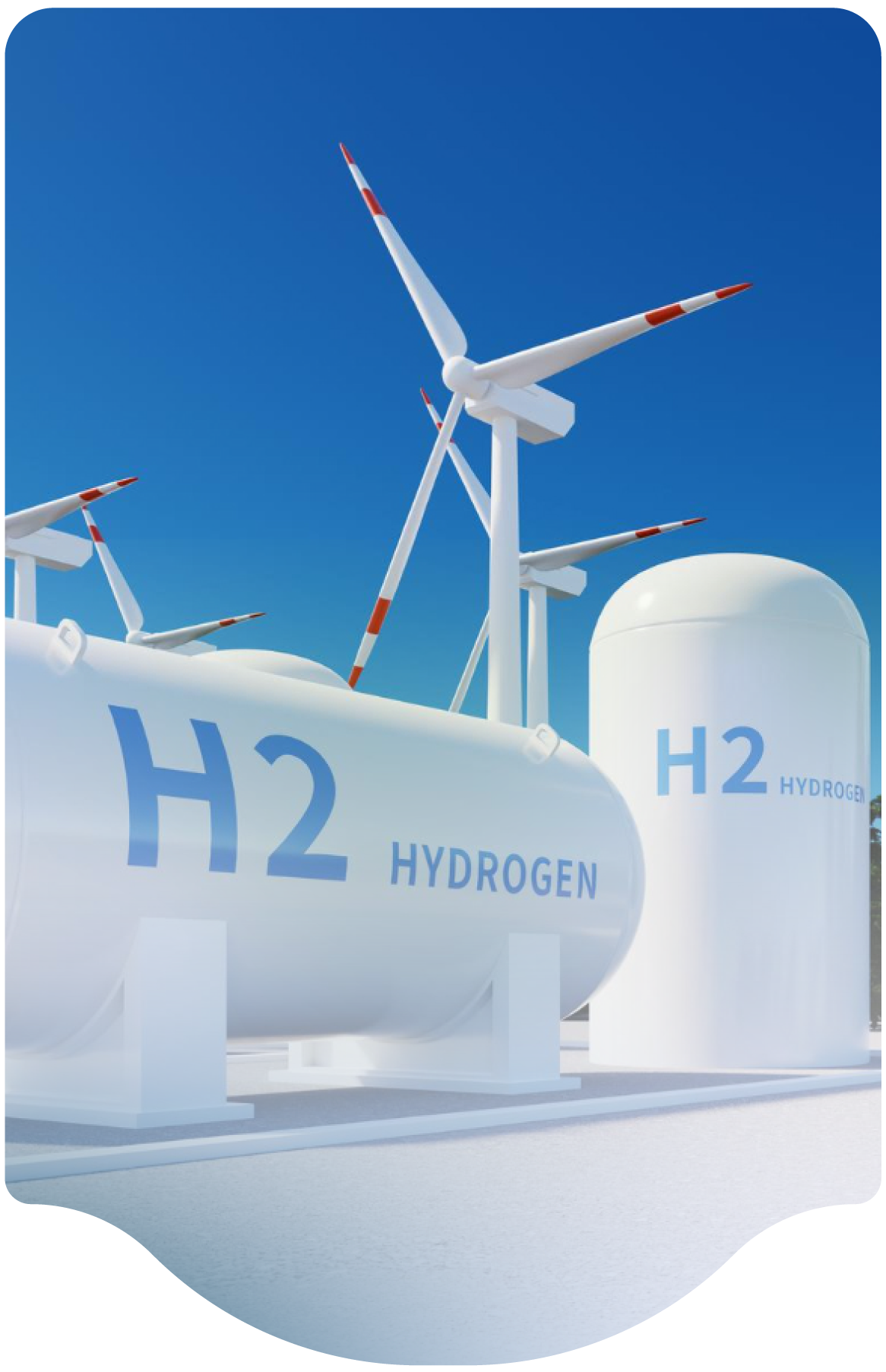- Home
-
Resources
- Center for Hydrogen Safety
- Hydrogen Fuel Cell Codes and Standards
- Learnings & Guidance
- Paper & References
- Web-based Toolkits
- Workforce Development

- Contact
- About H2Tools
- Welcome to the Hydrogen Tools Portal
- helpdesk@h2tools.org
FAQ
Frequently Asked Questions
Question & Answer
- 276 results found
- Clear All
The Hydrogen Safety Panel is not aware of any detailed guidelines or requirements. There are general requirements for personal protective equipment (PPE) in relevant codes and standards, but these often defer to the manufacturers requirements or a material safety data sheet (MSDS) for specifics. Ultimately, PPE selection is a matter between the employer and the employee and may need to…
Category: FC Electric Vehicles
Researchers from Sandia National Laboratories have conducted extensive research on these topics. They have reviewed the current literature, identified knowledge gaps in alternate fuel vehicles and tunnel safety, and developed a generalizable framework to assess tunnel safety for a diverse range of alternate fuel vehicles. Supported by…
Category: FC Electric Vehicles
Keywords: FC Vehicles, Safety
Pressure relief systems may use reclosing devices like relief valves, non-reclosing devices like rupture discs, or a combination of both in parallel. Some systems may also be equipped with emergency blowdown systems that are operated by control systems. Selection of the proper devices is dependent on the system design and relative hazards. Variables that affect the selection include the type…
Category: Pressure Relief Devices
Keywords: Pressure Relief Device, Relief valve, Rupture Disc, System Design, Installation
API 520, Sizing, Selection, and Installation of Pressure-relieving Devices Part I - Sizing and Selection, was written for use in the process industries in gas and liquid service.
CGA S1.3, Pressure Relief Device Standards-Part 3-Stationary Storage Containers for Compressed Gases was written for fixed equipment in gas service.
Which standard to use depends on the choice by the owner…
Category: Pressure Relief Devices
Keywords: Pressure Relief Device, Relief valve, Rupture Disc, Orifice size, CGA, API
Equation 6.3.1.1 in CGA S1.3 is based on modeling to API methods described in: Heitner, T. Trautmauis, and M. Morrissey, “Relieving Requirements for Gas Filled Vessels Exposed to Fire,” 1983 Proceedings-Refining Department, Volume 62, American Petroleum Institute, Washington, D.C., pp. 112-122.
This method considers the transient nature of the vessel warming in combination with the…
Category: Pressure Relief Devices
Keywords: Pressure Relief Device, Relief valve, Rupture Disc, Orifice size
The “Hydrogen Ready Appliances Assessment Report” published by the Northwest Energy Efficiency Alliance (NEEA) in February, 2023, is one of the most recent studies on this topic. Several key items from the report pertaining to this question include the following:
1. “There appears to be growing consensus that blends of up to 20% or perhaps even 30% are…
Category: Properties
Keywords: Hydrogen, Blending, Appliances, Residential, Flame, Odor
1. As of January 2024, we are not aware of any public data on incidents or investigations where a hydrogen fired steam boiler exploded.
2. The potential for detonations within a boiler tube would depend on both the equivalence ratio of the hydrogen present and the diameter of the boiler tube.
a. At a minimum, if the circumference of the tube is…
Category: Explosions
Keywords: Detonation, Deflagration, Equipment, Explosion, DDT
Fuels like gasoline are exempt from OSHA process safety management (PSM) requirements. When asked about the applicability for hydrogen storage larger than 10,000 lb (4500 kg) being used as a fuel, OSHA responded with an interpretation that can be found at https://www.osha.gov/laws-regs/standardinterpretations/…
NFPA 2 Annex G provides a summary of the conflicts with 29 CFR 1910.103. This is language that has been in NFPA 55 for several cycles as this conflict has existed for many years. The requirements in the Federal Regulations were established in the early 1970s. Since that time, OSHA has not had sufficient resources to update the applicable provisions.
The primary difference between OSHA…
Category: System Design
It depends on the construction and location of the lights. Assuming the typical practice of using non-classified lighting on vehicles, operation of those lights during a delivery could provide an ignition source if located within the classified area near the delivery or venting activity. A more modern LED lighting systems may present a lower risk.
Category: Miscellaneous
We are professional and reliable provider since we offer customers the most powerful and beautiful themes. Besides, we always catch the latest technology and adapt to follow world’s new trends to deliver the best themes to the market.
Contact info
We are the leaders in the building industries and factories. We're word wide. We never give up on the challenges.
- 2 Queen Street,California, USA
- (+84) 04 123 456
- :Helpdesk@h2tools.org
